1. Research Background of Compact Calcium Beam Optical Clock
Atomic clock is so far the most accurate time and frequency equipment, it is widely used in global satellite navigation, timekeeping etc. Theaccuracy and stabilityof the best atomic clocks (optical atomic clocks) has entered 10-19level currently [1], thus these excellent performance atomic clocks are gradually being used in precision physical measurements and astrophysical observations [2, 3]. But the further applications of optical lattice atomic clocks and ion optical clocks are limited by their large sizes and complicated systems, our group is devoted to the research of the compact calcium beam optical clock atoms, thermal atomic beam is taken as the the quantum reference, this system does not need complicated laser cooling and trapping construction, the volume of physical part can be largely reduceed.
The research of the compact calcium beam optical clock is to make the excellent performance optical clock miniaturizized, integrated and transportable, expanding the application range of the optical clock andensuring the excellent performance (stability and accuracy) at the same time, to ensure that the optical clock can be applied into global satellite navigation system, timekeeping, space optical clock, optical clocks networks, geophysical astrophysical observations, precise physical measurements and other fields, this research is promising and significant.
2. Research Scheme of Compact Calcium Beam Optical Clock
Compared to the traditional method of direct detection of clock transition [4], our group put forward electronic shelving detection scheme applied into the atomic beam in 2006 [5], this method greatly improves the signal-to-noise ratio of the clock transition spectroscopy, and it has been widely used in atomic beam optical clocks [6-9]. In 2016, our group reported the compact calcium beam optical clock by self-estimation, the instability of which is 3 × 10-14 at 1 second, the instability is 3 ×10-15 at 200 s [7]. In 2017, our group realized compact calcium beam optical frequency standard based on fully-sealed vacuum tube, the estimated instability of the 1600 s is 1.8 × 10-15 after comparison between two systems [9].
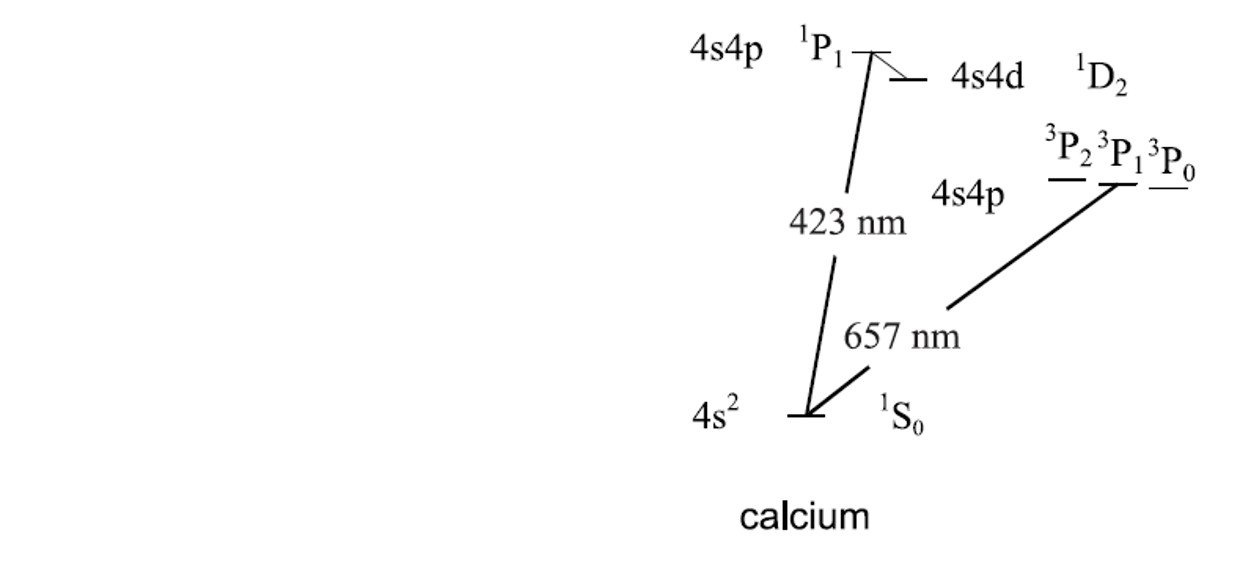
Figure 1. Relevant energy level of 40Ca atom.
Figure 1 is the energy level of 40Ca atom, we adopt the 1S0-3P1 transition corresponding to the 657 nm, the lifetime of the 3P1 metastable state is 0.4 ms (the natural linewidth is about 400 Hz), the direct detection method is limited by collectingefficiency of the spontaneous fluorescence, leading to bad signal-to-noise ratio. After introducting the 1S0-1P1 correspond to the 423 nm transition (the lifetime of the 1P1 state is about 4.8 ns) to monitor the population variation of the ground state 1S0 after the clock transition laser interacting with the atoms.
The clock transition spectroscopy is as shown in figure 2, the Q value is about 109.
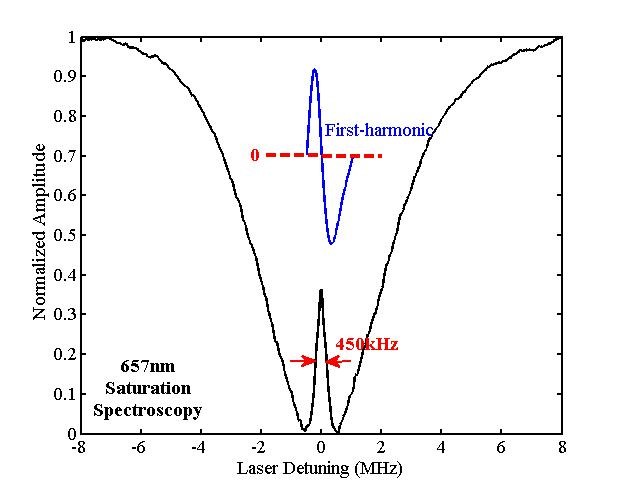
Figure 2. Clock transition spectroscopy of 657 nm.
Figure 3 is the photograph of our compact calcium beam optical clock, the entire optical parts (excluding the Pound - Drever - Hall system) is built on an 90 cm × 60 cm optical board, and enclosed in a black box, reducing the airflow and scattering light. The whole system uses only two external cavity diode lasers, a set of atomic beam vacuum tube, and a set of super-high finesse optical resonators.
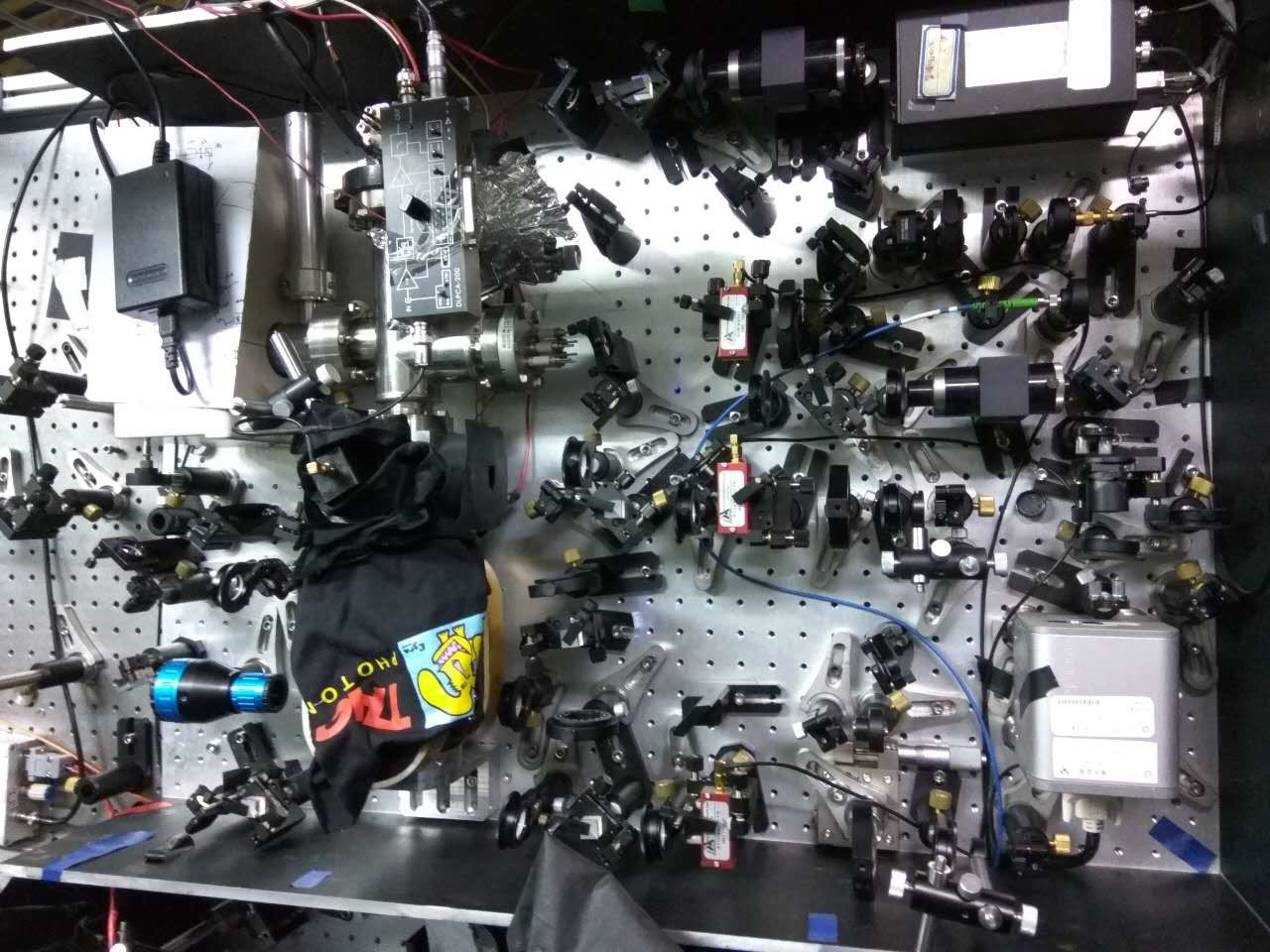
Figure 3. Photograph of the compact calcium beam optical clock.
In order to further promote miniaturization and transportability, we adopt a smaller, better robust fully-sealed vacuum tube, which is more conducive to the transportability. At present, we have realized the compact calcium beam optical frequency standard based on fully-sealed vacuum tube, and carried out the comparsion of two optical frequency standards. As shown in Fig. 4, the instability is 1.8 × 10-15 after 1600 s integration time.
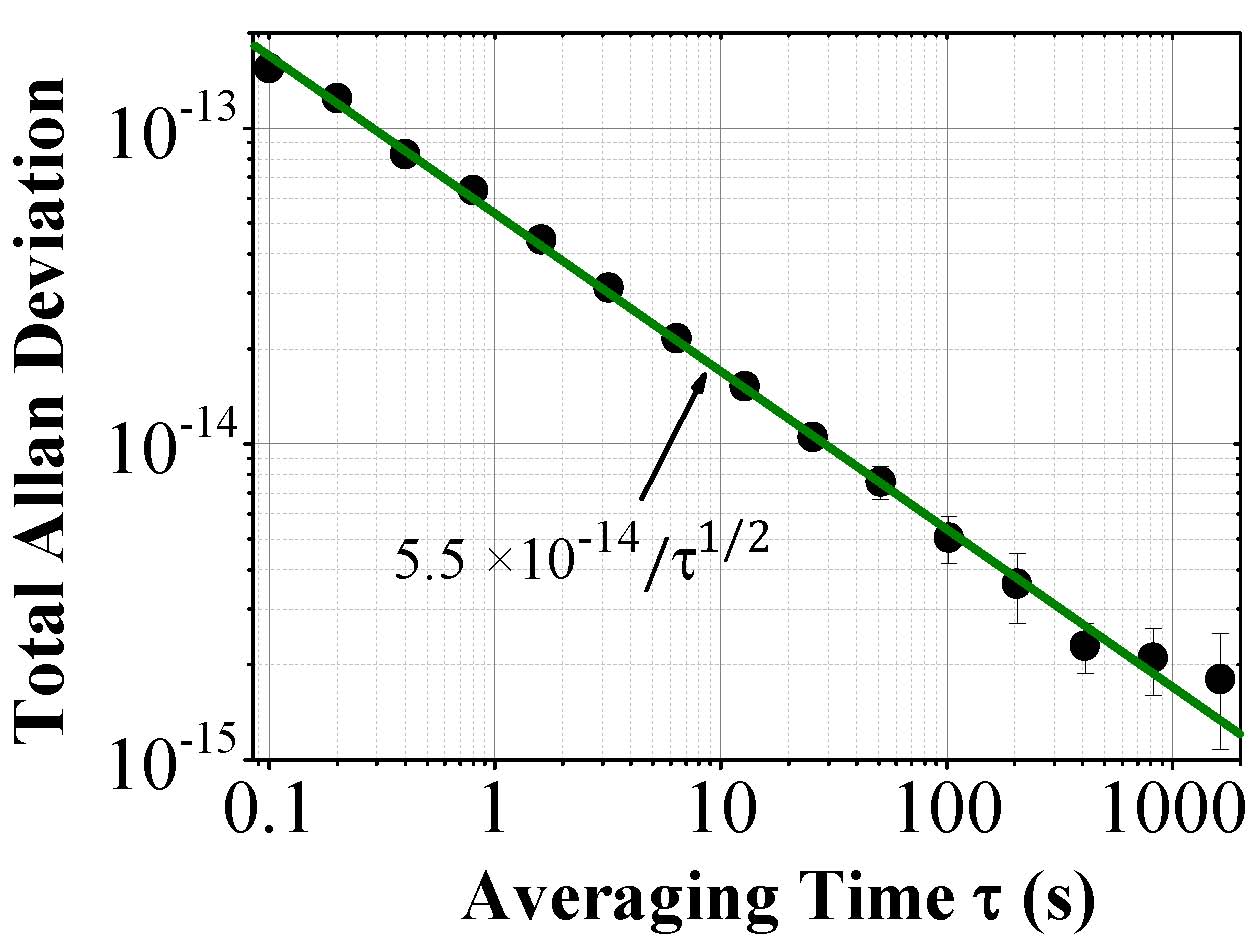
Figure 4. Instability of the compact calcium beam optical
frequency standard based on fully sealed vacuum tube.
Our further work will focus on the stability and miniaturization of the system, the instability at 1 s is expected to enter 10-16 level [8, 9]. The optical and electronic parts can be further integrated and miniaturized, then the optical clock can achieve good performance, adaptability to the environment fluctuations, and wide scope of application.
3. Compact Rb Optical Clock
We proposed a compact 420nm Rb optical clock based on the transition line 5S1/2--6P3/2 of 85Rb with a stability of 1.2*10-14/t1/2, which is better than all the Rb optical clock.
Here, we choose the 420nm transition for three reasons. First, compared with other transitions, for example, D1 and D2 lines of the first excited state of Rb, the natural linewidth of 6P3/2 is narrower, and the absolute frequency of the 420nm transition is higher, which are beneficial to the final fractional frequency stability. Second, due to the high oscillator strength and high atomic density, the signal-to-noise ratio of 420 nm spectrum is higher than that of the 532 nm I2optical frequency transition. Besides, the shorter effective interaction length and diode laser lead to a more compact system. Third, the 420 nm Rb optical frequency standard can be further employed as the pumping laser for the 1529 nm Rb active optical clock.
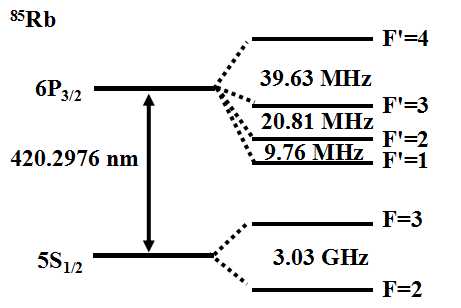
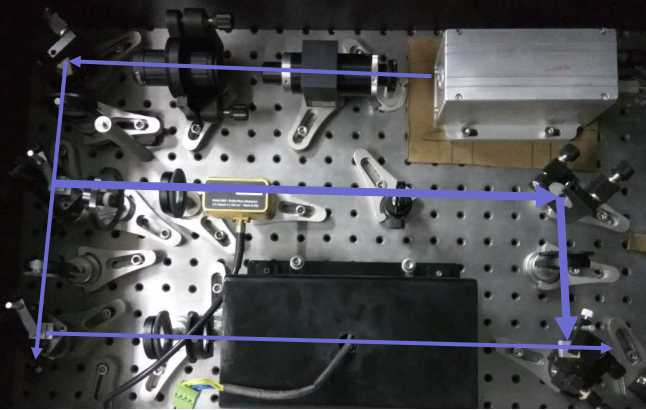
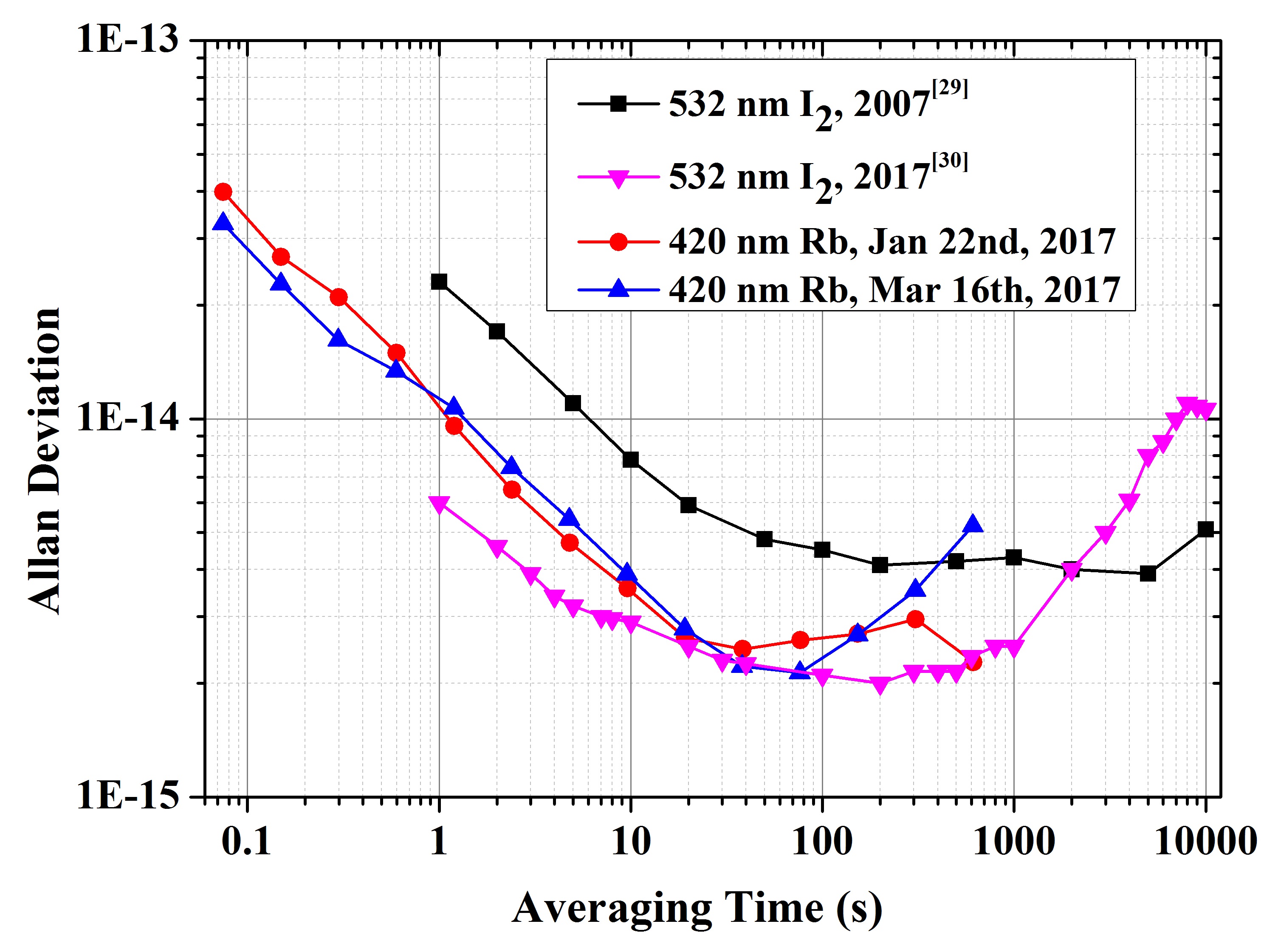
Fig. 185Rb energy level Fig. 2 experimental steup Fig. 3 frequency stability curve
Reference: